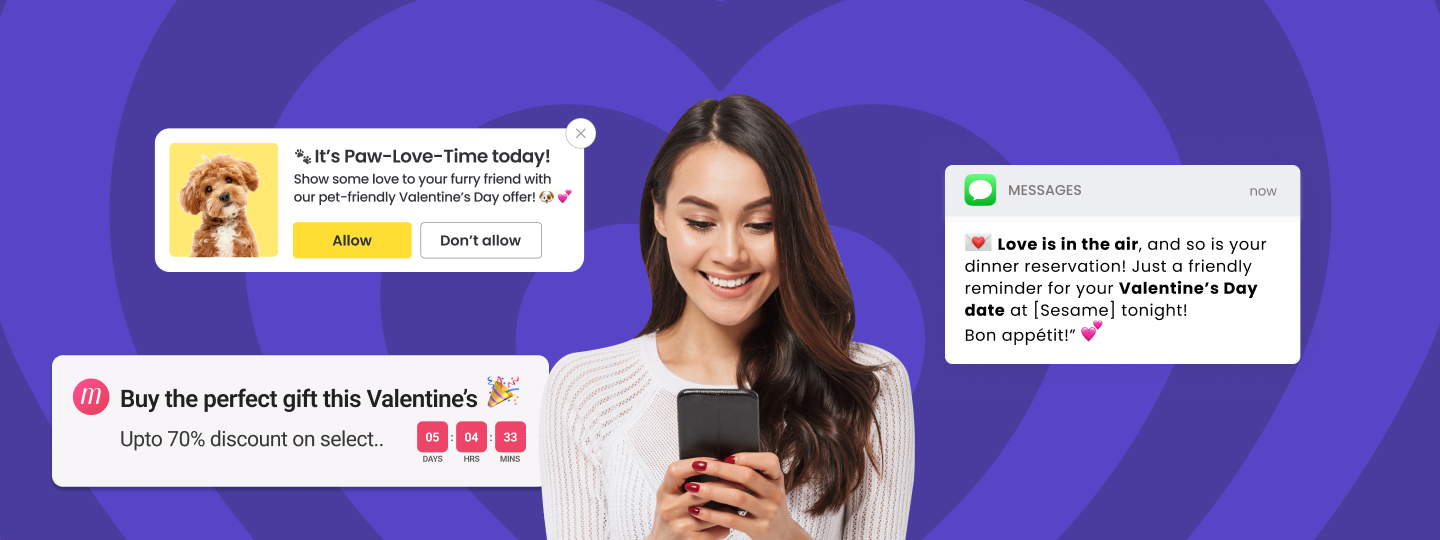Top-of-the-funnel marketing metrics – origins of traffic, clicks, downloads – reveal sources and instances of brand awareness and product adoption. And for this reason, top of the funnel metrics are often the most attractive and measured almost unfailingly by marketing teams.
However, truth be told, the best, most revealing metrics originate near the bottom of the funnel. They are distilled from clearly spelled out marketing goals around clicks, conversions, and retention and shore up both leading and lagging indicators of value as well as forward movement of the business.
Sadly, most marketing teams, including my own, tend to skim over the bottom of the funnel metrics and miss out on their business benefiting and ‘revealing’ qualities. Mostly because we are in a hurry to present [good-looking] numbers to a business head or an investor.
And while there is nothing wrong with focusing on top-of-the-funnel parameters like the traffic-to-app, downloads, and installs, I’ve realized that the only people who find these numbers truly useful are external stakeholders like your investors, for whom these metrics provide an easier and a reliable basis of comparison with, say, similar products/brands in your category.
Internally, teams – marketing and product – benefit less so and learn very little about user behaviours, pain points, and their motivations – basically, all the things which get these folks to do their best job – if they focus solely on tracking top-of-the-funnel (TOFU) and often vanity metrics. The TOFU metrics often only give a picture about where a product’s users are coming from and where they go and less so about what is it that’s working and not working for the user.

According to Forrester, effective sales funnel generate 50% more bottom of the funnel leads at 33% lower cost.
We realized this early on when we started working on outlining the user personas and usage metrics that we wanted to work with for Murmur – a new kind of reward-based social media app built on blockchain and powered by interest-based communities. Because the space in which we operate is radically new, highly attractive, fast-growing and extremely competitive, the path to success has a lot to do with figuring out how to get a user to stick around the app and make their interactions meaningful.
And so, in the days following the app launch, we made it our goal to map the degree (how much) of user engagement with the platform and not just moments (when) and patterns (how) of engagements. All so the product and marketing teams could pinpoint and get a reliable sense of the product’s success and failures – origins of issues, areas of optimization, and how it all translates into value to a customer.
For this, identifying and tracing the relevant performance and engagement metrics that could quickly translate into a detailed understanding of how a user interacted with the app once they’ve made through to the top of the funnel was critical. Metrics that would
- Validate the marketing and product strategy
- Provide relevant data to marketing and product teams to deeply understand the users
- Provide insights that both marketing and product teams could build on to improve a user’s engagement levels with the platform
So basically, all things bottom-of-the-funnel.
Here are the 3 non-top of the funnel goals and user engagement metrics that need keen eyes in the early days of the product, especially if it’s an app.
PS: All of these are trackable on Google Analytics and just about any mobile app analytics platform there is.
Consumption
Goal: To understand the share of time the app commands
Metrics considered:
- Activation rate (number of times the app was opened) – The ratio of the number of [first] app launches to the number of downloads
- The time period of a session (hour of the day when the app was launched)
- Daily active users (number of people launching the app on a day and taking at least one action)
- Screen flow (the movement of a user from one screen to the next and the completion of critical actions in the app)

Stickiness
Goal: To understand how much app consumption is happening
Metrics considered:
-
- Session interval (the duration between a user’s first session with the app on a day and the next)
- Average session length (average time spent by the user on the app per session, assuming a successful session is marked by the occurrence of at least one action)
- The average number of sessions per daily active user – The ratio of the total number of sessions in a day to the total daily active users
- Retention rate (percentage of users who uninstalled the app following the first launch) – The ratio of Daily app installs and Daily app uninstalls (following the first launch)
- Churn rate (percentage of users who stop using the app after a certain period) – The ratio of DAU and MAU
Amplification
Goal: To get a sense of a user’s interest in sharing the app with their network
Metrics considered:
- Referrals extended per user (number of people the app was referred to by a user) – The ratio of total referrals and total users in a period of time
To cliff note it all, start by defining crystal clear marketing and product goals and then curate metrics to that end. This will help ensure you’re not tracking anything for the sake of tracking it and that the outcomes (in the form of data) usefully deliver a clearer sense of how a user went about your product – app or otherwise – especially in the early days.
You can continue to have an eye on these 3 master user engagement metrics and map the impact of new feature deployments, bug fixes and promotional campaigns in sustaining enhanced consumption, stickiness, and amplification of the app, though later there will arise a need to add more sub-metrics to each of the three master metrics, as growth commences and subsequently intensifies.
Download Impact Story – Increase your User Retention: The ALTBalaji way


































 Surya Panicker
Surya Panicker
 Kasturi Patra
Kasturi Patra
 Diksha Dwivedi
Diksha Dwivedi



